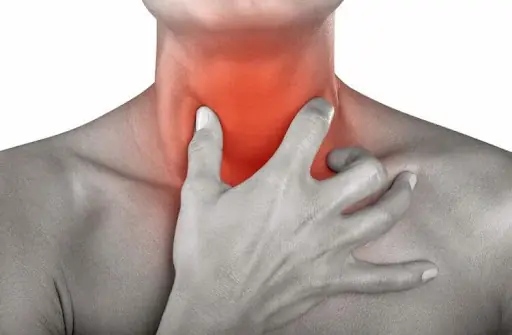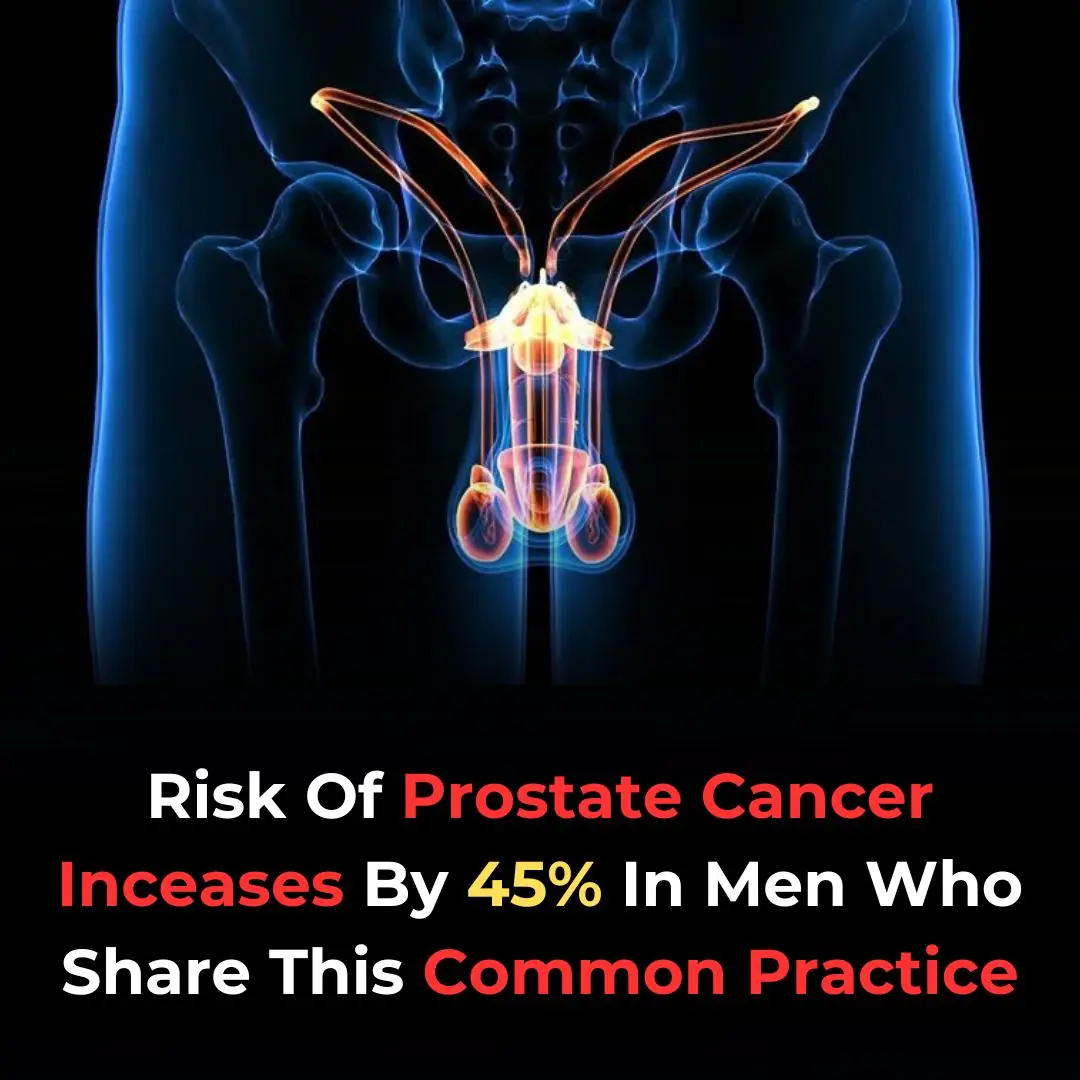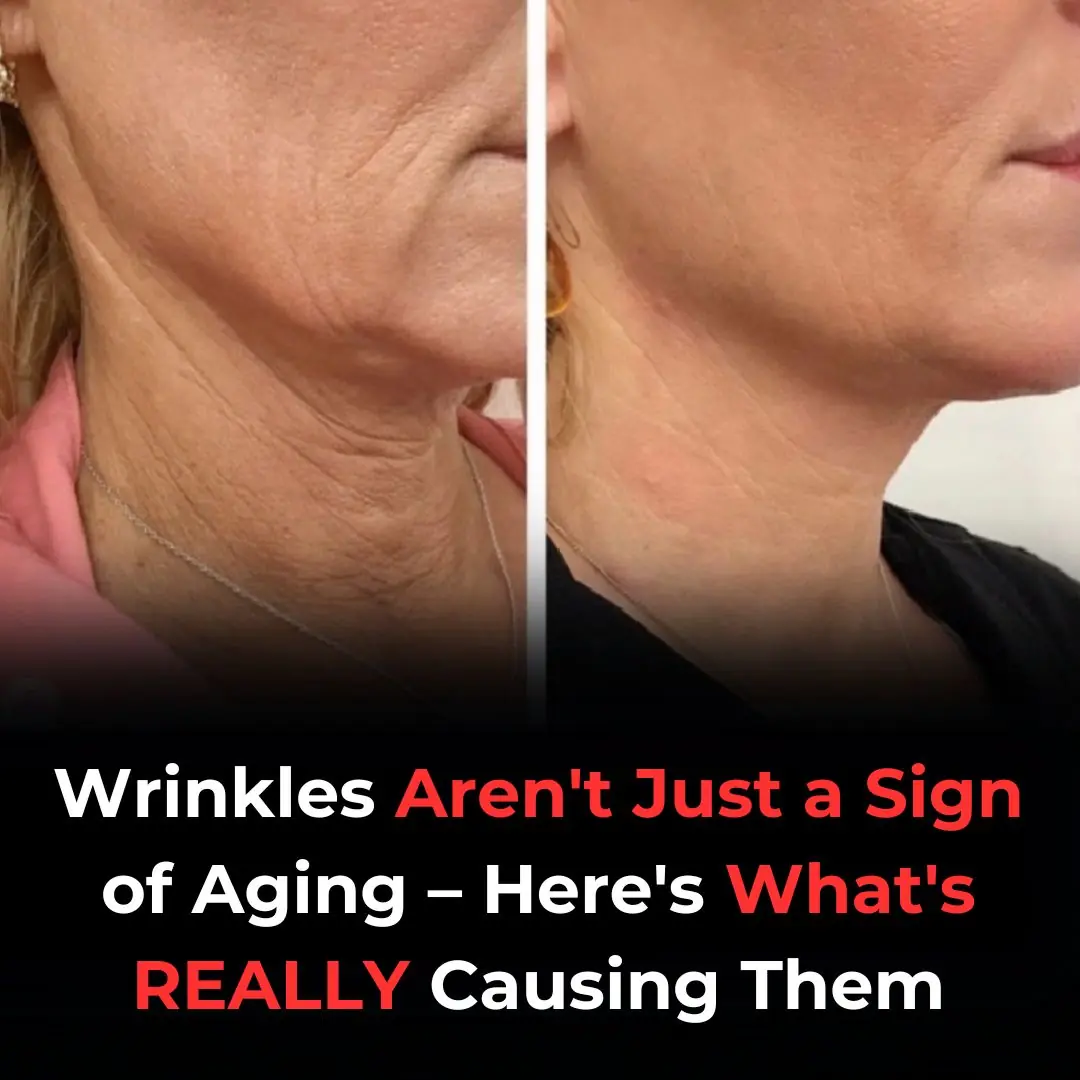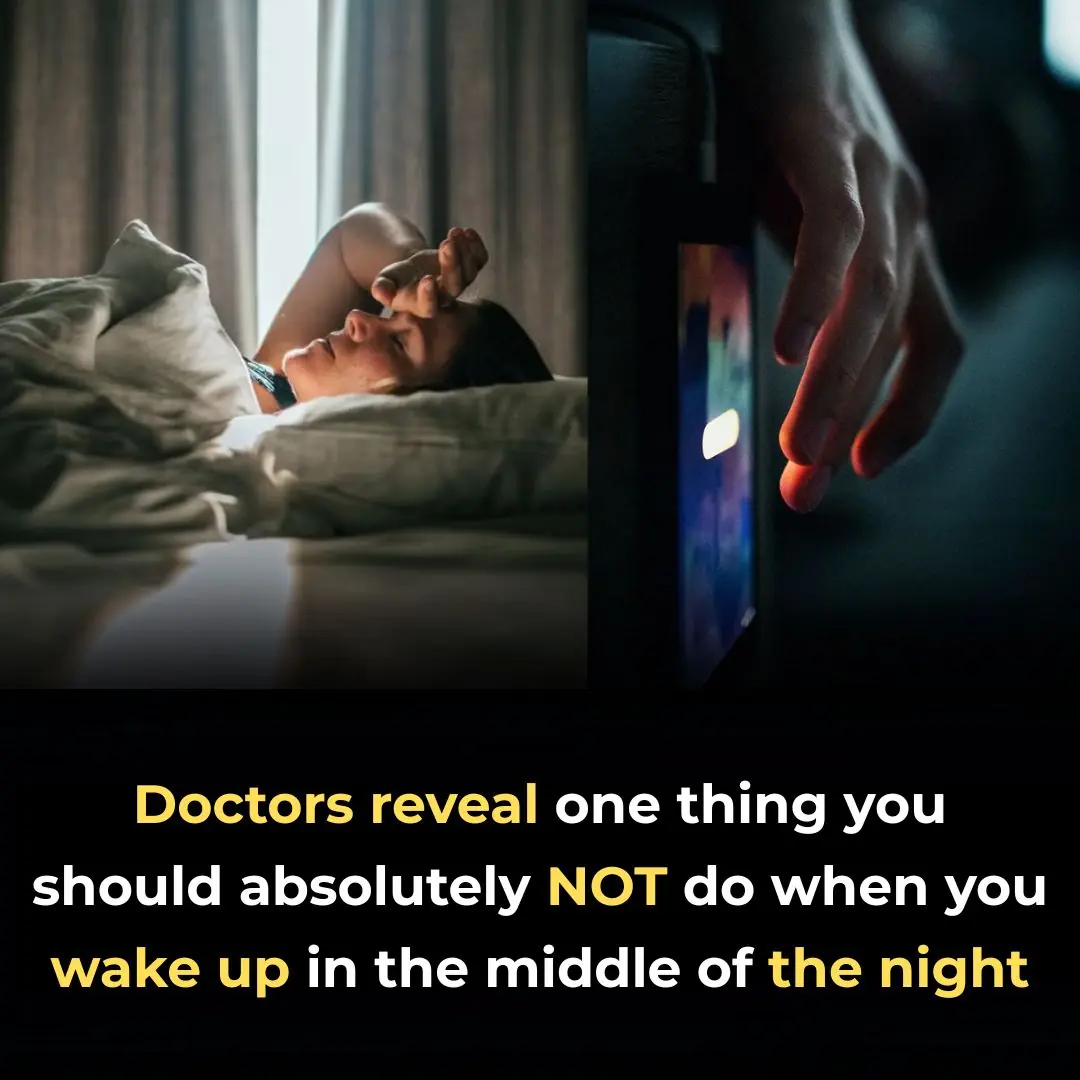
SCIENTISTS SUCCESSFULLY REVERSE PARKINSON'S USING A NEW NANOPARTICLE SYSTEM READ CAPTIONCLE SYSTEM
Sure! Here's an expanded version of the content you provided with an additional 20% of content:
✓ What Happened - Scientists have developed an innovative approach to treating Parkinson's disease using specially designed gold nanoparticles. These microscopic particles are coated with antibodies and peptides that specifically target neural receptors involved in the disease process. The goal is to break down harmful alpha-synuclein protein fibrils that accumulate in the brains of Parkinson’s patients, which lead to dopamine neuron death and loss of motor control, the hallmark symptoms of the disease.
These nanoparticles bind to the damaged neurons, and when activated by near-infrared light passed through the skull, they convert light energy into heat. This heat stimulates cellular repair mechanisms, triggering a series of biochemical reactions that release peptides capable of dissolving the protein tangles that disrupt normal brain function. This process effectively "reawakens" the damaged neurons, allowing them to resume dopamine production naturally—restoring motor control and reducing the typical symptoms of Parkinson's disease.
In animal studies with mice exhibiting Parkinson's-like symptoms, the treatment led to dramatic improvements in motor function, with no observable side effects. These results offer hope for a new, safer and more effective way to treat the disease, one that focuses on repairing the root cause rather than just alleviating symptoms.
💡 Why It's Important - Unlike current treatments, which rely on artificially boosting dopamine levels through medications (often leading to significant side effects like nausea, dyskinesia, or cognitive impairment), this novel method addresses the underlying cause of Parkinson's by promoting the natural regeneration of dopamine-producing neurons. Furthermore, the non-invasive nature of this treatment is a major breakthrough. By using light that can safely pass through the skull and activate the nanoparticles without the need for surgery, this approach offers a much more accessible and lower-risk option for patients.
If successful in human clinical trials, this could transform the way Parkinson's disease is treated, offering a more sustainable and personalized solution. In addition, the potential to adapt this technology for other neurodegenerative diseases, such as Alzheimer's, Huntington's, and ALS, opens up exciting possibilities for future treatments. By targeting the protein aggregation that characterizes these conditions, scientists could develop therapies that not only slow or stop disease progression but perhaps even reverse some of the damage caused by these devastating disorders.
∞ The Takeaway - Our technological capabilities are advancing at an unprecedented rate, and they have the potential to dramatically improve human health. However, this raises an important question: as we develop solutions for some of the most complex health challenges, will we also address the broader issues that contribute to these conditions in the first place? In particular, how will we deal with the systemic factors that lead to chronic diseases, such as environmental toxins, poor lifestyle choices, and the stresses created by modern living? Will we continue to find solutions for problems we have created ourselves, or will we finally take steps to prevent these issues at the source? This technological breakthrough offers hope, but it also serves as a reminder that solving for the future requires a holistic approach—one that considers both innovation and lifestyle changes.
News in the same category


8 Ways To Get Rid Of Phlegm And Mucus In Chest And Throat

After A 49-Year-Old Father Of Two Passes Away, There Is An Urgent Warning For All Pet Owners Who Allow Their Dogs To Lick Them

8 of the Best Anti-Cancer Foods. It’s Time to Start Adding Them to Your Diet

Getting Annoyed By Chewing Sounds Is a Genuine Psychiatric Disorder

5 Concerning Red Flags That May Signal Colon Cancer

Risk Of Prostate Cancer Increases By 45% In Men Who Share This Common Practice

End-of-life nurse shares the most disturbing behaviors seen in those nearing death

**Say Goodbye to Skin Tags and Warts: Easy Removal with Hydrogen Peroxide**

What Does It Signify When You Dream of a Deceased Loved One?

8 Fruits That Can Harm People with Kidney Disease

The #1 Most Powerful Remedy in the World

Watermelon Seed Tea: A Natural Remedy for Health & Wellness

12 Amazing Health Benefits of the Stonebreaker Plant You Shouldn’t Miss

The Top 10 Causes of Premature Aging of Your Face and Skin

Just one hour of doomscrolling in bed can have devastating consequences on your health

Doctor Warns Against This One Thing If You Wake Up at Night

Many Confuse This Plant with a Weed, But It’s Actually Full of Surprising Health Benefits

Doctors warn about permanent damage caused by new beauty trend causing people to resemble reptiles

Styes on the eye: Discover natural remedies to relieve discomfort and speed healing.
News Post

Drought Reveals “Spanish Stonehenge” Older Than the Pyramids.

Mystical Seabed Art: The Puffer Fish’s Elaborate Mating Rituals Unveiled

Olympus Mons: The largest volcano in the solar system

I transferred the car to my mother so that you wouldn’t get it in the divorce,” Artem sneered with a smirk. But Polina only smiled, knowing exactly how to outplay him

10 Things You Should Do When Checking Into a Hotel Room

"What If Pangea Still Existed? A Fascinating Look at Our Ancient Supercontinent"

How to Treat H. Pylori Bacteria Causing Heartburn and Bloating + Natural Remedies

My Father Told Me to Shower with a Special Soap – When My Boyfriend Discovered the Truth, He Broke Down in Tears

8 Ways To Get Rid Of Phlegm And Mucus In Chest And Throat

The Growing Threat of Space Debris: Managing Earth’s Crowded Orbit

After A 49-Year-Old Father Of Two Passes Away, There Is An Urgent Warning For All Pet Owners Who Allow Their Dogs To Lick Them

8 of the Best Anti-Cancer Foods. It’s Time to Start Adding Them to Your Diet

Getting Annoyed By Chewing Sounds Is a Genuine Psychiatric Disorder

5 Concerning Red Flags That May Signal Colon Cancer

AM I WRONG TO BE ANGRY THAT MY 71-YEAR-OLD MOM SPENT MONEY ON A TRIP INSTEAD OF HELPING ME PAY MY BILLS?

Risk Of Prostate Cancer Increases By 45% In Men Who Share This Common Practice

A wounded veteran picks up trash, as people whisper behind me.

End-of-life nurse shares the most disturbing behaviors seen in those nearing death

I held her tight while she cried and wouldn’t let go.
